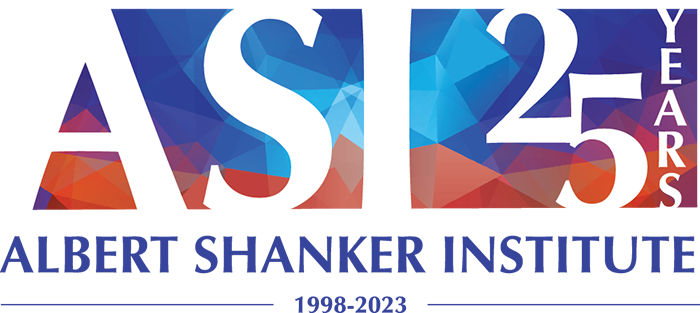Education Must Be Part Of Our Coronavirus Response
Our guest author today is Stanley Litow, Professor at Duke and Columbia Universities, where he teaches about the role of corporations in society, and the author of The Challenge for Business and Society: From Risk to Reward. He formerly led Corporate Social Responsibility at IBM, where he was twice selected as CEO of the Year by Corporate Responsibility Magazine.
Americans are doing their best to cope with coronavirus and the disruption and healthcare emergency it has caused in all of our lives. We are in the midst of a crisis we have not experienced over many generations. The impact on our economy will be cataclysmic, affecting all Americans in all states and territories. Millions of jobs are at risk, along with savings and retirements. But as horrific as this event is (and it is clearly not over), a coordinated response and massive spending from local, state, and federal governments can help to mitigate the disaster and speed recovery. Whether it takes months or years, we will experience a recovery. And while the economic disruption will last for a very long time, the educational disruption is likely to last much longer. A generation of America's children have seen their educations thrown into chaos and we will need a response equal to, and perhaps greater than, what our governments are now doing.
With little time for preparation or planning, just months before the end of the school year, schools across the nation were abruptly forced to close. While some parents are attempting to continue their children's learning opportunities at home, the vast majority of American children are receiving little to no educational support. School districts across the nation have also started to deliver some hastily produced classes online, but families at the bottom of the economic system often have no access to technology or internet access, making the challenge almost impossible. In addition, most other educational entities have been closed: public libraries, museums, after-school programs, and not-for-profit social services agencies, etc., leaving impoverished families with few viable options, even for public access to online schooling.
When our schools reopen, as they ultimately will, and the economic and health crises have begun to improve, our schools will still need a focused, sustained, and elevated national response, and it must have the support of all Americans and every segment of society. The 2020-21 school year will be a test for our nation.
